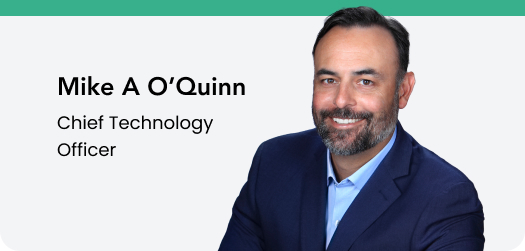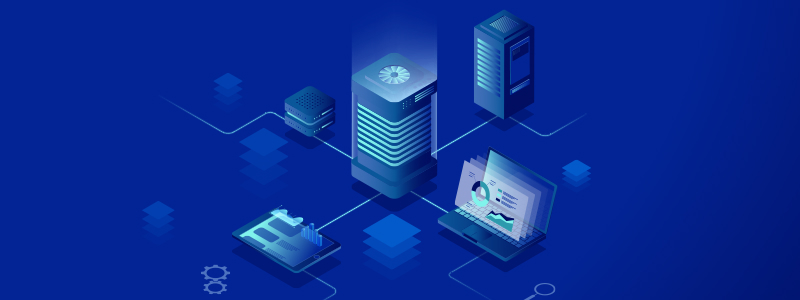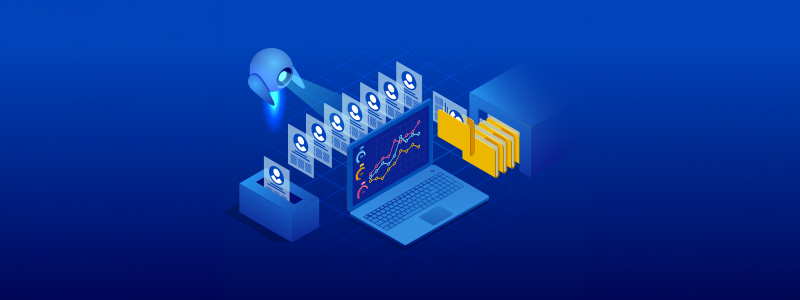
Commercial Proprietary Software vs Open Source – Which is Better?
You can spend your money and buy the house, or you can spend your time and build the house. Either way, you pay for your house.
Let’s begin by understanding what is commercial software. In simple words, it is software developed for enterprise use.
There are two types of commercial software available:
- Propriety software
- Open-source software
The debate about the advantages of commercial open source versus proprietary data integration software is ongoing. The reality of the situation is that the decision about which one is the right choice for your enterprise depends on what your company’s long-term data integration goals are and where you think your data integration budget is best spent. Two points to consider in the decision process are (1) commercial open source software comes in different flavors and is not necessarily free software and (2) while the initial cost of proprietary software can be daunting, the total cost of ownership over time is often higher for commercial open source than for an initial proprietary software investment.
Why Pay For Software When You Can Get It Free?
Data integration commercial proprietary software licenses require hefty upfront fees—so why would an enterprise pay for proprietary licenses when open-source software is available for free?
Open source and commercial proprietary software each have advantages and disadvantages, and the choice as to which one is right for your company depends on the priority of the goals you have for your software integration projects and what tradeoffs you are willing to make. While commercial open source data integration tools have matured considerably in the past several years, on a feature-by-feature comparison, they still can’t match the leading commercial offerings. A leading analyst firm stated in a research paper that open source adoption increases because it is often considered “good enough.” In an article in the New York Times entitled, “Open Source and the Challenge of Making Money,” commercial open source software vendors discuss that they offer free open-source software to get a project going, and then internally develop applications for upsale that “actually make the source project useful.”
Features of Proprietary Source vs Open Source Software
If your IT staff is robust enough to tackle with little or no support or training third-party written code that is “good enough” but possibly not yet “useful” and effectively speak to the community of developers for bug fixes and updates, then open source is an economical option. Keep these mitigating factors in mind:
Cost of support – While the software is free, any outside support and training that is required will be expensive, both in terms of fees and in downtime waiting for community help
Time to market – It will take longer to implement the less well-developed open source software, so if project completion time is a factor, you should consider your time-to-market tradeoff for upfront purchase expense
IT cost – There will be extra cost involved in paying for your IT staff’s time to learn the more complex software and find community support resources should you choose not to pay for vendor support services
User base – Your user base will always be limited to experienced developers who know how to work with source code, do their own programming, and interact with the developer community. This means higher IT costs and longer project completion times due to fewer contributors
On the other hand, if you have large, complex data integration projects and/or need to complete your project quickly and within a budget, a more mature, ready-to-go commercial software option is the better choice. While you’ll have to pay an expensive licensing fee upfront, you’ll save costs downstream for these reasons:
- Your IT staff can immediately start the project with an out-of-the-box platform and dedicated support, training, and consulting resources as part of the license fee
- The working model can be handed off to business users so a broader base of workers can complete the project faster with fewer demands on IT resources
- Your time to market will be faster because your projects will be completed sooner
A contributed article in Forbes Magazine, “The Hidden Cost of Free,” summarizes the difference: “Think of commercial proprietary source software as a house and open source software as everything you need to build a house — raw lumber, nails, sheet rock, windows, plumbing fixtures and the rest. You can spend your money and buy the house, or you can spend your time and build the house. Either way, you pay for your house.”
Total Cost of Ownership
When evaluating the right software choice for your company, it is important to consider the metrics of the total cost of ownership (TCO). Overall, TCO for free commercial open source data integration software can be significantly higher than the upfront cost of commercial proprietary software licenses for several reasons. Commercial open source solutions require high levels of software development expertise and significant learning curves and are often restricted in their ability to scale or adapt to enterprise-grade demands. Moreover, many commercial open source free alternatives are basic packages that require manual configuration, lack necessary features, or otherwise fail to meet key requirements for a truly purpose-built data integration architecture. Finally, you must consider the business risk if the commercial open source project fails.
 NEW RELEASE ALERT
NEW RELEASE ALERT
 March 27th, 2025
March 27th, 2025 


